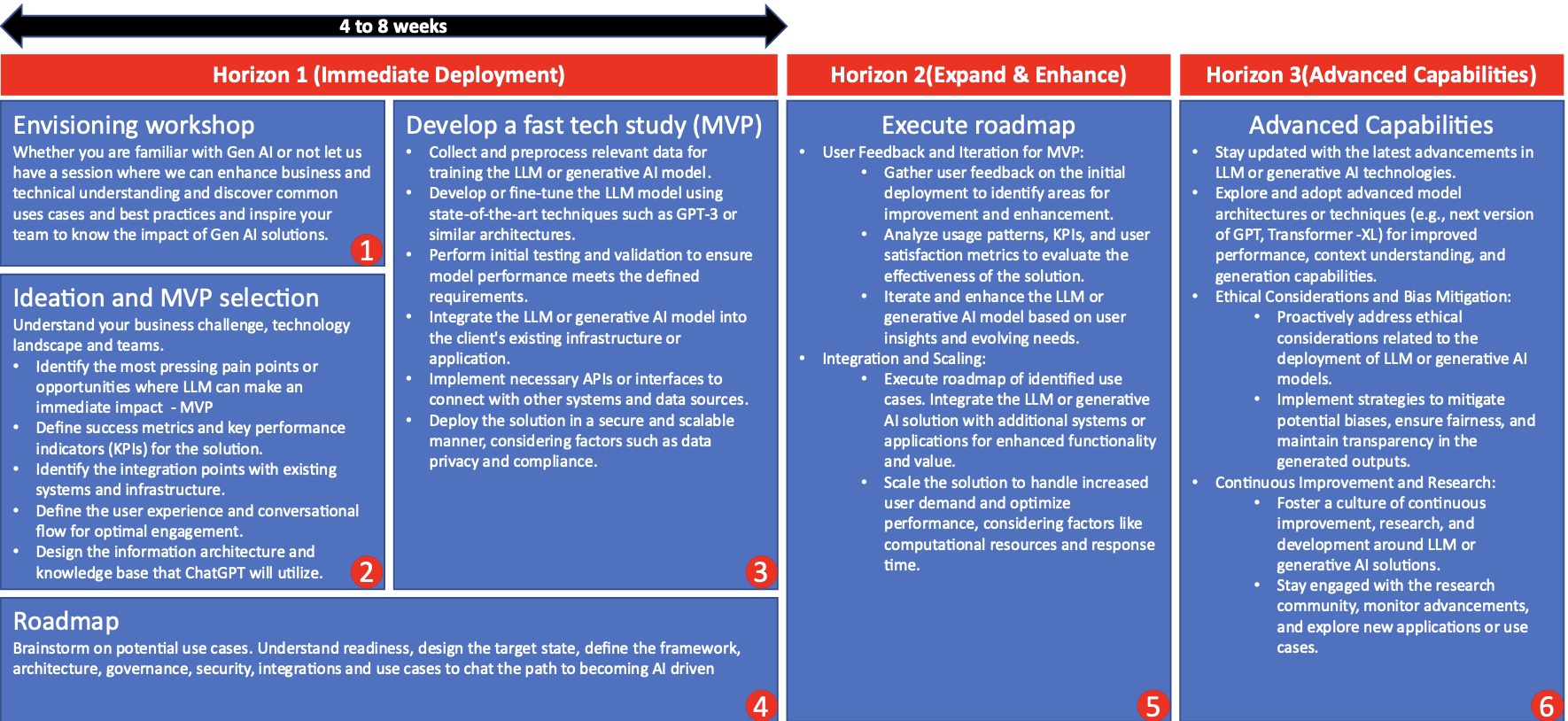Efficiencies in Policy Operations
Efficiencies in Policy Operations
In today’s digital age, insurance carriers understand the critical importance of enhancing customer and agent experiences, often investing heavily in digital engagement solutions. Despite these efforts, they continue to receive a significant volume of documents through email and traditional mail, which still require manual processing.
Case Study
Client: A mid sized P&C insurance carrier
Problem statement:
A West Coast-based insurance company specializing in personal lines insurance struggled with operational inefficiencies due to the manual handling of various policy requests. The company faced a high volume of requests for policy changes, lienholder updates, and document requests from agents, brokers, and customers. These requests came through multiple channels—emails, PDFs, and web forms—which required time-consuming manual intervention. The manual nature of the process led to delays, increased errors, and tied up valuable resources that could have been better utilized elsewhere.
Our Approach
The insurance company implemented KognitiveWorks to address these inefficiencies. The platform automated the process of managing policy change requests by interpreting and classifying data across different document formats and channels. It automatically updated policy details, integrated with the company’s backend system, and ensured that the policy changes were processed with minimal manual input. Whether the request involved modifying policy limits, adjusting coverage, or updating lienholder details, the platform streamlined the entire workflow.
Intelligent Data Extraction: KognitiveWorks accurately extracted and categorized relevant information from various document formats, allowing the insurer to handle requests consistently.
Next Best Action: Once processed, the system immediately updated the policies in the insurer’s backend, ensuring accuracy across systems.
Error Reduction: By automating manual data entry, the system minimized errors, ensuring accurate policy updates with each request.
Technology Landscape
-
- DuckCreek (Policy,Billing, Claims)
- Customer portal – Angular, google analytics
- Homegrown (document storage)
Results
The implementation of KognitiveWorks led to significant operational improvements for the insurer, resulting in:
-
- 100% Classification Accuracy: The platform achieved complete accuracy in categorizing requests, eliminating errors that often arose from manual processing.
- 60% Reduction in Manual Effort: Automating the process drastically reduced the manual intervention required, allowing staff to focus on higher-value tasks.
- 40% Improvement in Productivity: With reduced manual work, the overall productivity of policy administrators improved, enabling them to handle more requests in less time.
- 90% Decrease in Turnaround Time: The automation of policy changes enabled the company to process requests in real-time, cutting submission turnaround times by 90%, leading to faster service for agents and customers.
- Increased Agent Satisfaction: With faster response times and improved accuracy, the company experienced heightened satisfaction from agents, brokers, and customers, ultimately enhancing relationships and customer loyalty.













